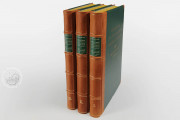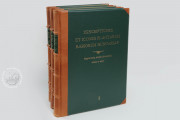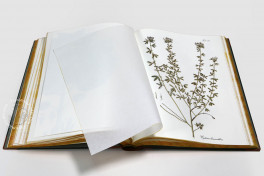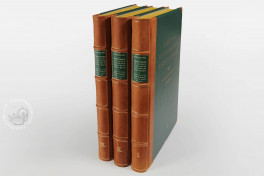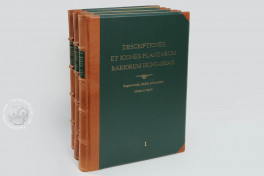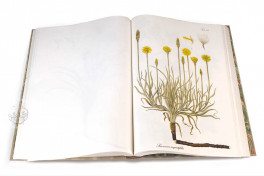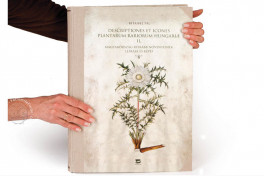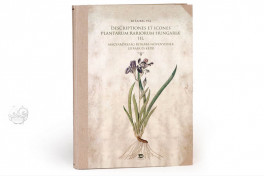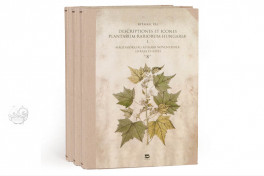Paul Kitaibel (1757-1817), professor of botany at the University of Pest and famous botanist, made long journys in the Carpathian Basin at the end of the 18th century. During these trips, he collected and described the different plants, rocks and analized the mineralwater also. This work was the basis for the 3 volume, richly illustrated album with large sepia aquatint view at beginning of preface to vol. I and 280 beautifully handcolored engraved plates of which 16 folding.
The monumental work describe flora of Hungary and adjacent territories, including Croatia, with splendid plates in the Viennese ‘Jacquin’ style.
Paul Kitaibel spent much of his career roaming Hungary and collecting botanical, zoological, and mineralogical specimens as well as folklore. His collections of botanical and mineralogical specimens formed the basis for the natural history collection in the Hungarian National Museum’ (Johnston).
The work was financed by Count Franz Waldstein (1759-1823), an Austrian military leader who fought against the Turks and North African states as a Maltese knight and in the Austrian-Turkish war and the Prussian campaign. From 1789 he devoted himself to botany, travelling with Kitaibel through Hungary collecting plants, interspersed with military service. His herbarium is in Prague. The aquatint view is signed by Hirscher. The plates are engraved by Karl Schütz after drawings by his son Johann.
We have 2 facsimiles of the manuscript "Paul Kitaibel: Descriptiones et Icones Plantarum Rariorum Hungariae":
- Paul Kitaibel: Descriptiones Et Icones Plantarum Rariorum Hungariae facsimile edition published by Pytheas Books, 2020
- Paul Kitaibel: Descriptiones Et Icones Plantarum Rariorum Hungariae facsimile edition published by Pytheas Books


